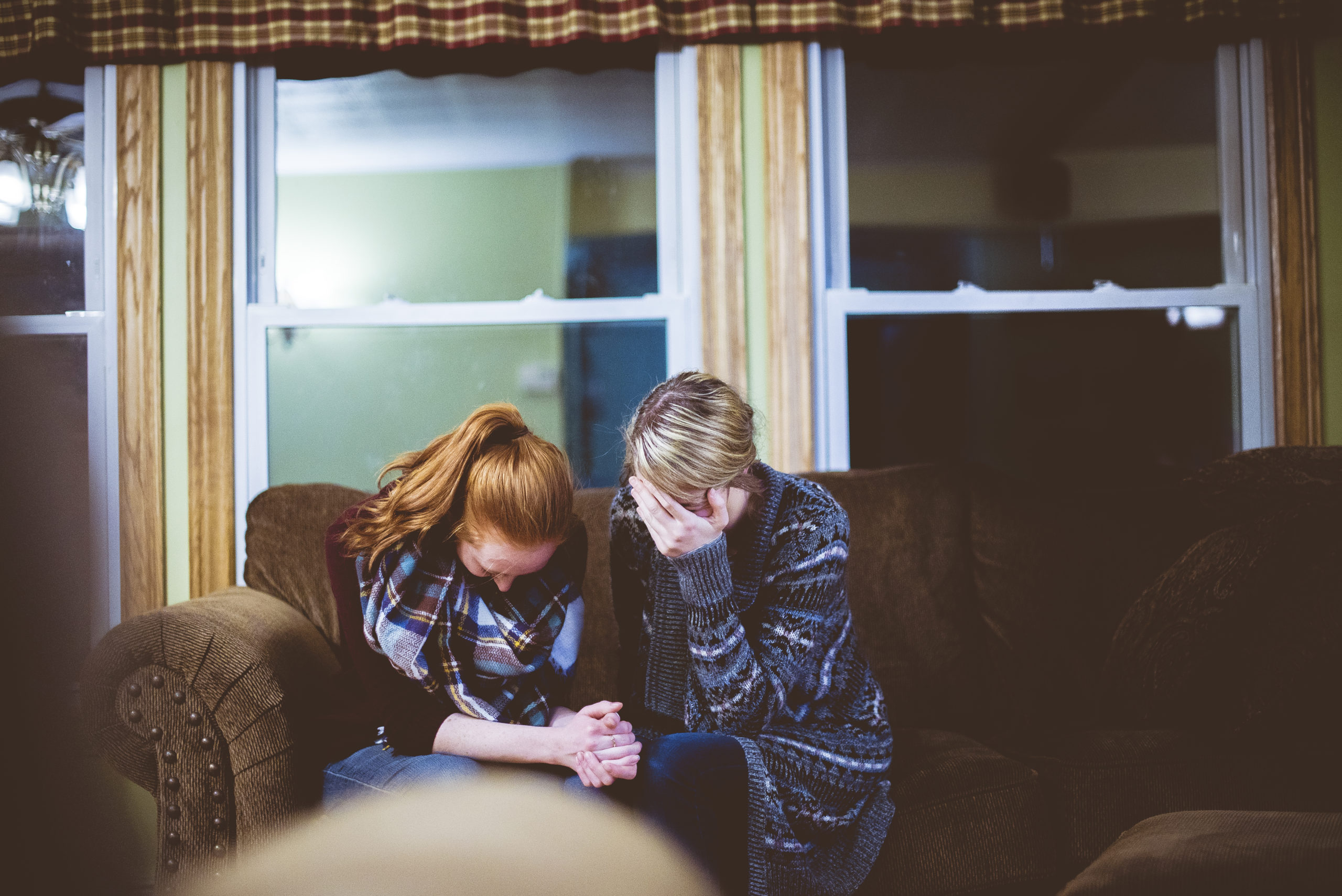
Domestic abuse or “intimate partner violence” is described as a pattern of behavior
in any relationship that is used to gain and maintain power or control over an intimate partner. As Maryville University’s post on domestic violence advocacy highlights, 1 in 4 women and nearly 1 in 9 men have experienced severe intimate partner violence, which includes physical or sexual violence and stalking. In fact, more than 20,000 phone calls are made to domestic violence hotlines across the U.S. each day — making this a complex, widespread problem.
Many domestic abuse victims live in lonely and isolated worlds. As neighbors, friends, or colleagues, we can play a role in supporting them. By letting them know you’re there, you can provide them relief and courage. Undoubtedly, however, it’s not easy to reach out and you may feel clueless on what to do. Here are three simple but powerful ways to help domestic abuse victims:
Learn the warning signs of abuse
Many victims try to cover up signs of abuse for a variety of reasons, so it’s important to learn about the physical, behavioral, or emotional signs of abuse and keep an eye out for them. Black eyes, sprained wrists, dark marks on the neck, and bruises on the arms are among the most obvious physical signs. The victim you know may also be someone who has low-self esteem, or is overly apologetic, fearful, and on-edge. They may have become withdrawn or distant, as though isolating themselves from friends and family. The United Nations’ list of signs includes financial abuse, wherein the victim is made dependent on the abuser, who maintains total control over their financial resources. This may be exhibited by their limited access to money, or being forbidden to attend work.
Validate victims’ feelings
Leaving an abuser is often a long process. Many victims struggle with situational, emotional, and psychological forces that keep them tied to their abusers. An article from the Globalization and Health Journal notes that 75% of individuals seeking help from domestic violence support exhibit clinical posttraumatic stress symptoms. If you get the opportunity to talk to a victim, don’t force them to open up. Listen to their story without being judgmental, offering advice, or suggesting solutions. Offer the victim assurances that you believe them, and remind them that abuse is not their fault nor do they deserve it. Validate their conflicted feelings, but confirm that abuse is not part of a healthy relationship.
Help them form a safety plan
Helping a victim come up with a personalized safety plan should be done discreetly. They should have a safe place to go, a prepared excuse if they feel threatened, a code word to alert family or friends when they’re needed, and an escape bag with cash, important documents, toiletries, and clothes. You can also help find shelters, social services, attorneys, counselors, or support groups they can turn to. Do make it clear that you’re there for them and available at any time to provide what you can, be it transportation, child care, pet care, or financial assistance to keep them safe.
And as mentioned in the AVDA post on planning for the future, you may even take planning further by helping a victim find a new home and start a new life, once they’re ready. For more informational resources, check out that blog post.
Thanks to Maryville University for this blog post. Photo credit: Unsplash
